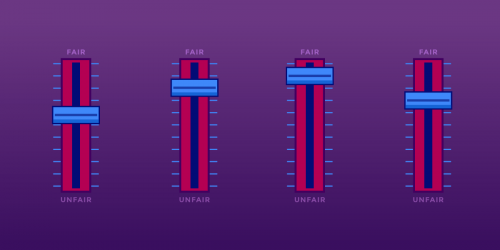Good news, TV fans! Aereo, a startup that lets viewers watch broadcast TV over the Internet from tiny, personal antennas, can stay up and running - at least for now. Several television networks are trying to sue it out of existence, beginning with a motion asking a federal court to shut it down until a legal decision is reached. It's a typical move, and one that forces many innovative startups into bankruptcy long before any court has ruled on whether their business is legal. Last week, however, Judge Alison Nathan of the federal court in Manhattan denied the motion and made Aereo the first Internet TV business of its kind to live long enough to defend its business model.
This decision is a win for free TV viewers and for innovation, but it may be just one battle in a long war. Rather than continuing to fight in the district court, the networks have filed an appeal in the Second Circuit appeals court, where they may try to overturn the 2008 Fox v. Cablevision decision that has made New York a friendly place for Internet TV entrepreneurs.
Aereo was founded by serial entrepreneur Chaitanya Kanojia with funding from media mogul Barry Diller. As we've described, the company set up a large array of dime-sized TV antennas atop a Brooklyn warehouse, in sight of the transmitters on the Empire State Building. Each user is assigned a unique antenna, effectively rented from Aereo. The local TV programming captured by that antenna can be recorded or watched live on Internet-capable devices, all under control of the user.
The lawsuit, filed in May of this year, revolves around whether Aereo is making "public performances" of copyrighted TV shows. Copyright law gives owners the right to license, or stop, public performances. Private performances - like a family and friends watching a movie at home - are beyond the law's reach. The case is also a battle of metaphors: the TV networks say that Aereo is doing the same thing as a cable system, while Aereo (assisted by EFF and Public Knowledge in an amicus brief) claims that it is simply taking the place of a personal "rabbit ears" antenna and a personal video recorder.
Judge Nathan ruled that Aereo's system was similar to the Cablevision "remote DVR" system that the Second Circuit found legal in 2008. That system, which let cable subscribers record and play shows from a personal hard drive at the cable company's facility, was deemed to be making private performances - essentially a service that empowered TV watchers to do what they could do anyway with their own personal equipment. Judge Nathan distilled the Cablevision decision to three items: under Cablevision, a video transmission is "private" and outside of TV studios' control if
1. It comes from a unique copy made for each subscriber;
2. The transmission to the subscriber comes from that copy; and
3. No other subscriber can view a transmission from that copy.
Because Aereo's system also had these characteristics, the judge said that it too makes "private performances" and doesn't violate copyright.
Judge Nathan's ruling was tied very closely to the Cablevision decision, which she was required to follow. The judge's order made it clear that were it not for Cablevision, she would have shut Aereo down. On appeal, it's likely that the studios will try to convince the Second Circuit to overrule Cablevision or confine it to a narrow set of facts. That would be a big step backwards. Cablevision has made the Second Circuit (which encompasses New York, Connecticut, and Vermont) a good place for Internet TV innovation. It lets customers in those states choose what TV shows to watch and what technologies to watch it with - without the content owners having a veto over the technology makers. That's a win for everyone, and EFF will keep working to preserve it.







